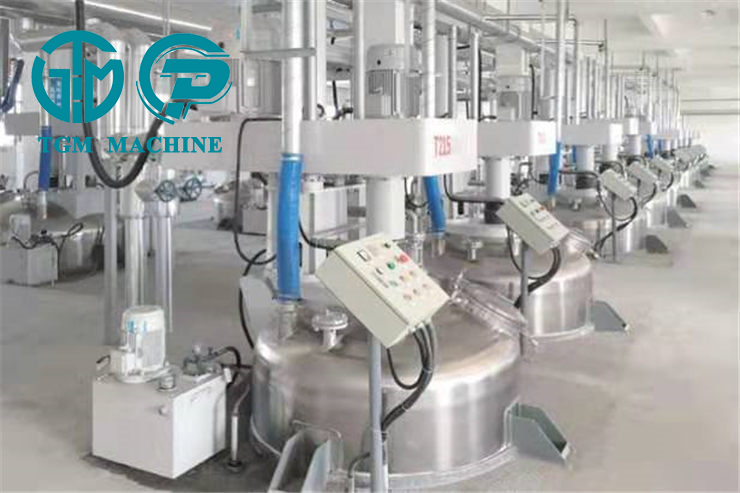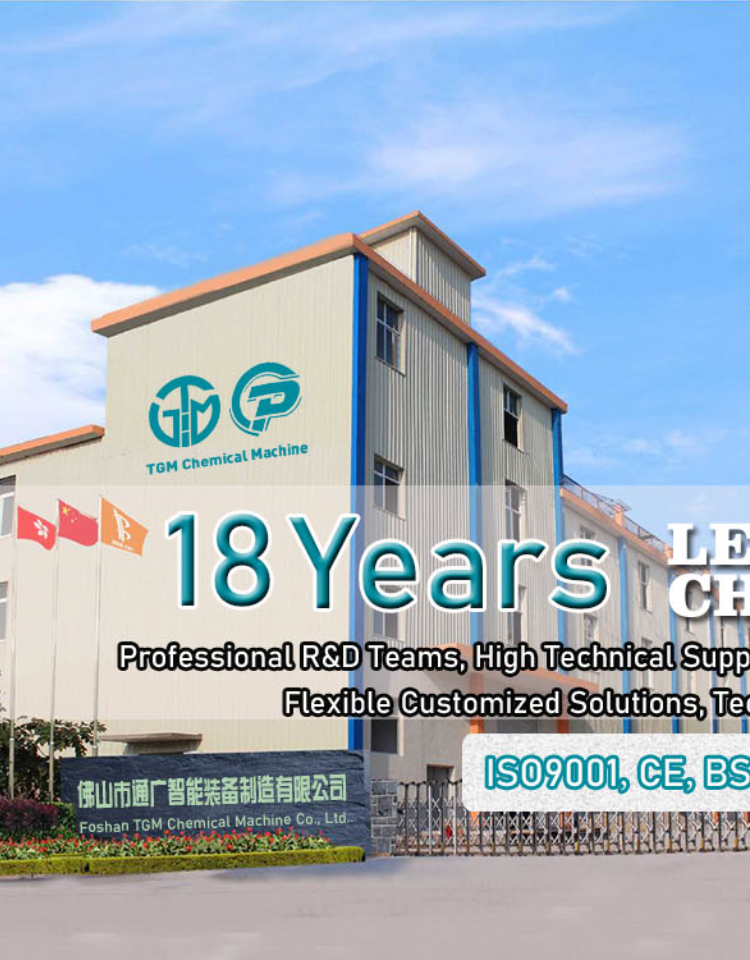Email cannot be empty
Password cannot be empty
Email format error
Email cannot be empty
Email already exists
6-20 characters(letters plus numbers only)
The password is inconsistent
Email format error
Email cannot be empty
Email does not exist
6-20 characters(letters plus numbers only)
The password is inconsistent


The Science Behind Car Paint Production: How Automotive Coatings Are Made
Introduction
A car’s paint isn’t just about aesthetics—it’s a high-tech shield against corrosion, UV rays, and environmental wear. Modern automotive paint production blends chemistry, robotics, and precision engineering to deliver flawless, durable finishes. In this article, we’ll explore how car paint is manufactured, from raw materials to the final spray-ready product.
1. Raw Materials: The Building Blocks of Car Paint
Automotive paint consists of four key components:
-
Pigments (e.g., titanium dioxide for white, metallic flakes for pearlescent effects).
-
Resins (acrylic, polyurethane, or epoxy for adhesion and durability).
-
Solvents (to keep the paint liquid for application).
-
Additives (UV inhibitors, flex agents, and anti-settling chemicals).
These ingredients are carefully sourced and tested for consistency, color accuracy, and environmental compliance (e.g., low-VOC formulas).
2. The Production Process: Step by Step
Step 1: Mixing & Dispersion
Raw materials are blended in industrial mixers to create a uniform paint base. High-speed dispersers break down pigment clusters for smooth texture.
Step 2: Milling & Refinement
The mixture passes through bead mills or ball mills to achieve ultra-fine particle sizes (often <10 microns). This ensures even color distribution and gloss.
Step 3: Quality Control Testing
Samples are checked for:
-
Viscosity (flow consistency).
-
Color match (spectrophotometer analysis).
-
Drying time and adhesion (via lab simulations).
Step 4: Tinting & Customization
For OEMs (e.g., BMW, Tesla), base paints are tinted to exact brand specifications. Computerized systems inject precise amounts of colorants.
Step 5: Filtration & Packaging
Paint is filtered to remove impurities, then filled into sealed containers (barrels, cans, or bulk tanks) for shipping to assembly plants.
3. Automation & Smart Manufacturing
Modern paint lines use:
-
Robotic arms for consistent mixing and filling.
-
AI-powered color matching to reduce waste.
-
IoT sensors to monitor viscosity and temperature in real time.
4. Sustainability in Paint Production
The industry is shifting toward:
-
Water-based paints (reducing VOC emissions).
-
Powder coatings (0% solvents, cured by heat).
-
Closed-loop recycling of overspray and solvents.
Conclusion: Where Art Meets Engineering
Car paint production is a fusion of science and precision. From custom hues to eco-friendly innovations, this behind-the-scenes process ensures your vehicle’s finish stays vibrant for years. Next time you admire a glossy car, remember the tech that made it possible!

